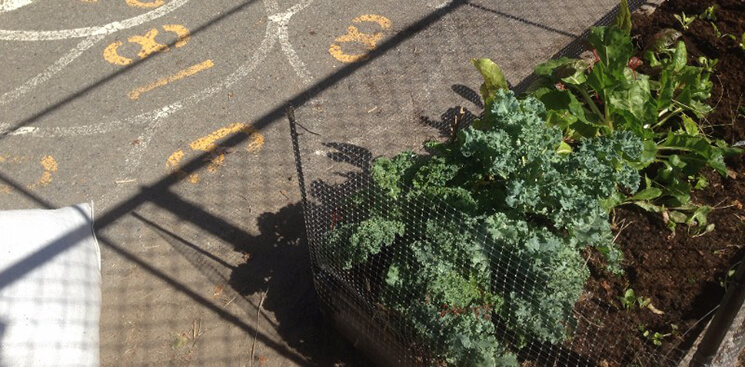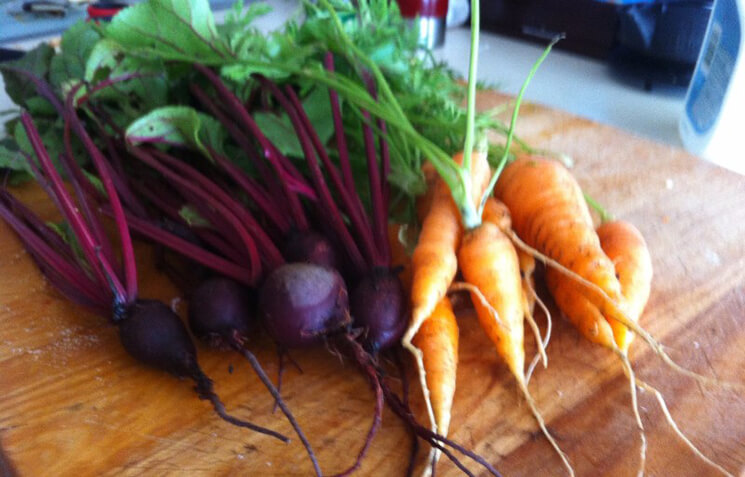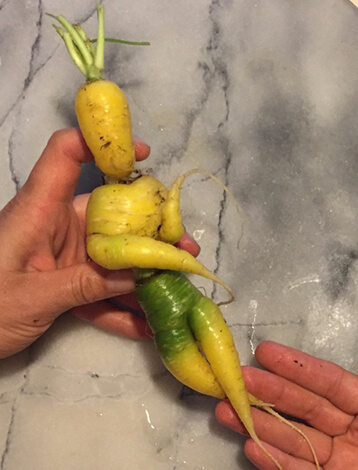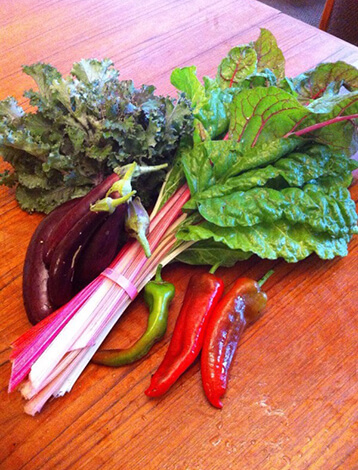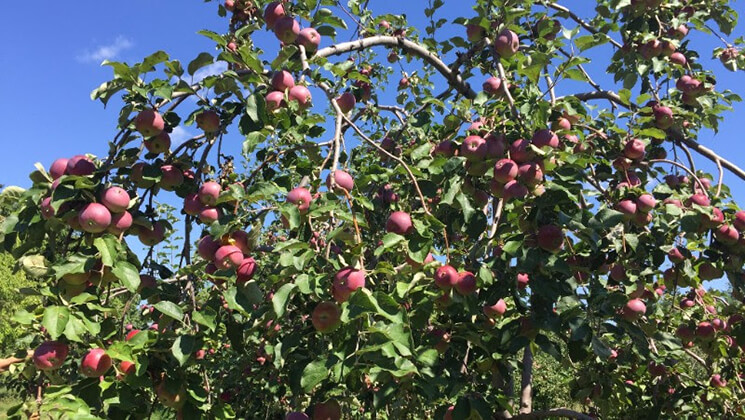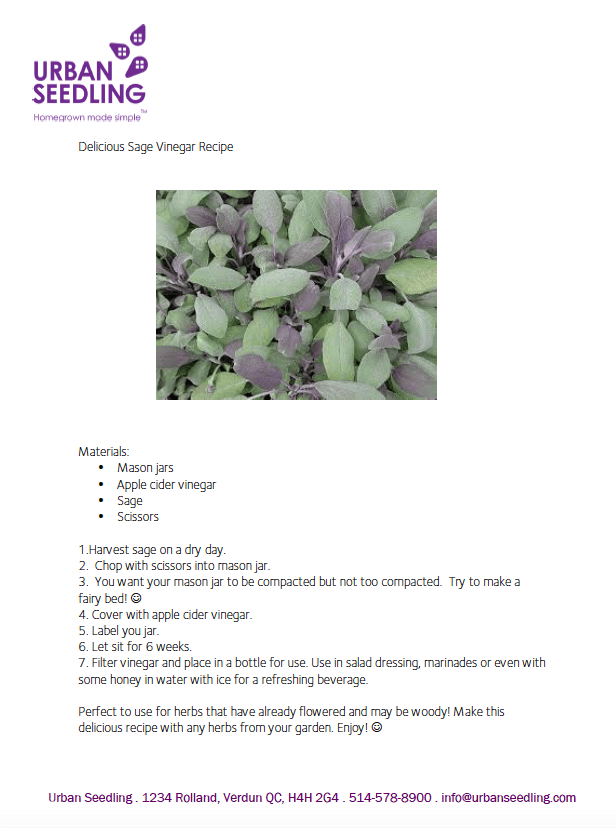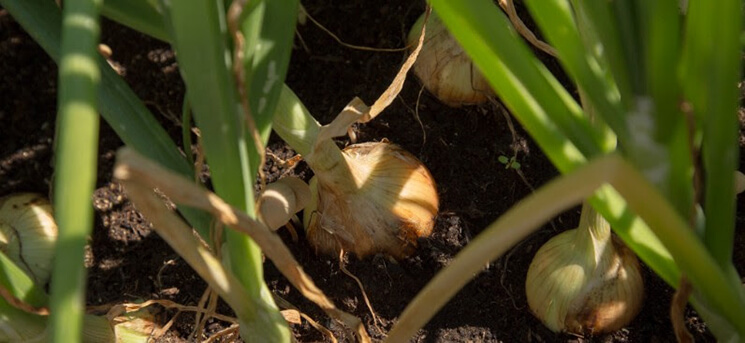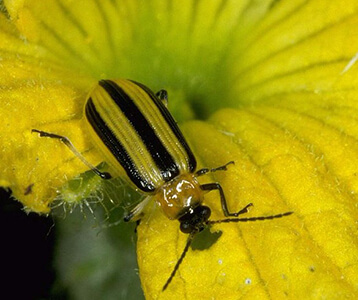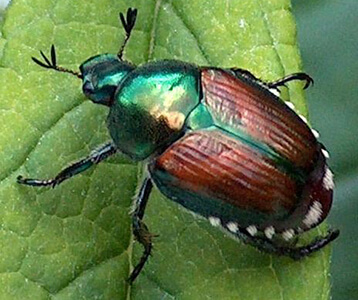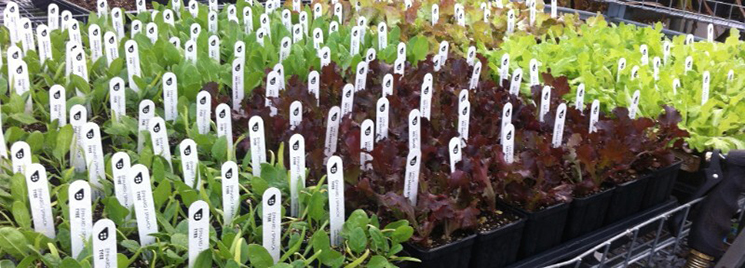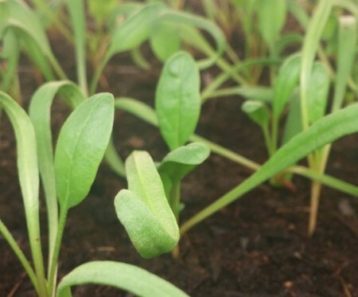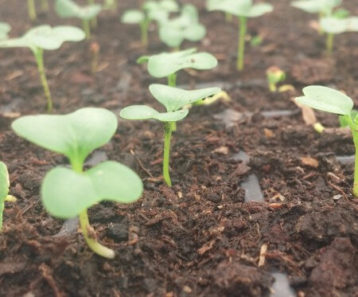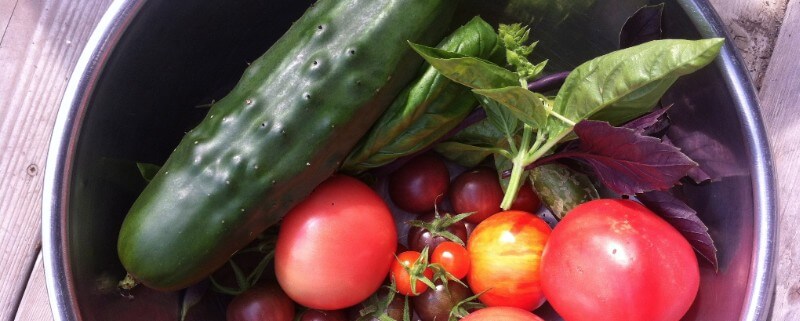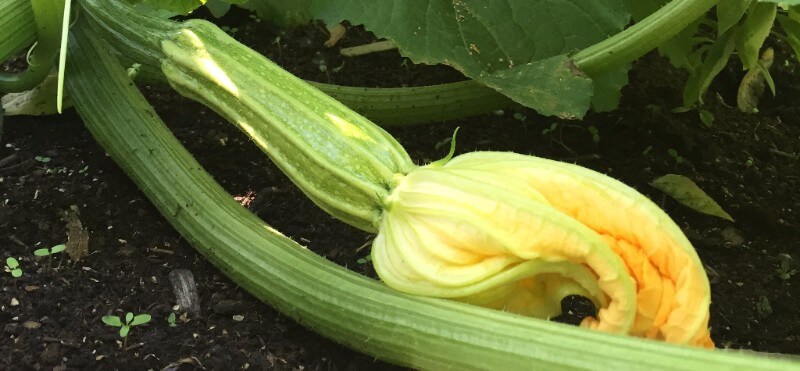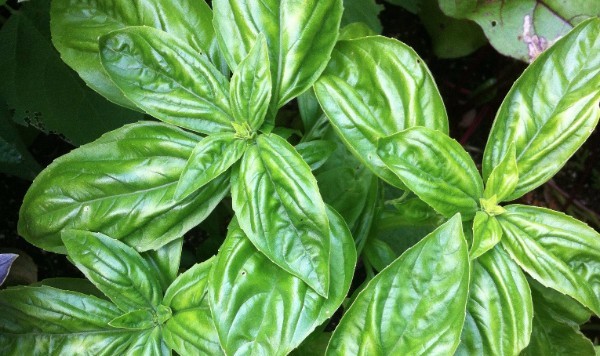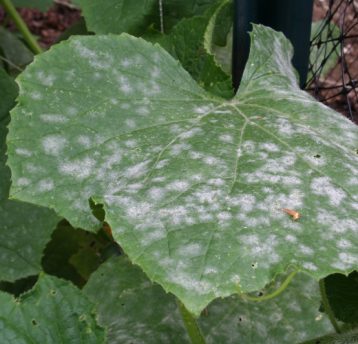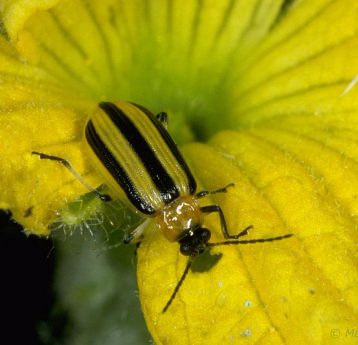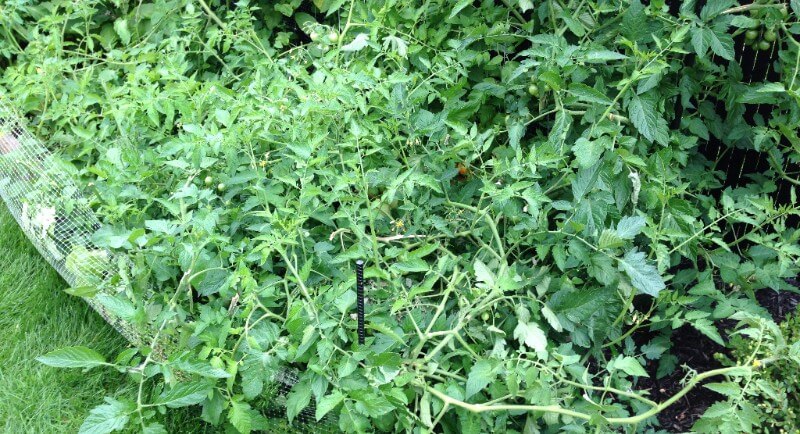
The weather is starting to cool off and the leaves are changing colours, the end of the season is upon us and most gardens should be closed up by now. This means clean out any debris, add nutrients, plant garlic and cover your soil with a plastic sheet to protect your garden. See our previous newsletter for a step by step on how to close your garden.
We want to take this time to thank all of you for being a part of this fantastic season at Urban Seedling. It has been a very busy year!
This year was the first season our new garden coaching service. It was a big success and we will be offering it again next season. We have been coaching Montrealers across the city on how best to maximize their garden and yard. We have greatly increased the number of gardens in schools and daycares and at the workplace this year, and are thrilled with all this community gardening. Sharing the love!
We have been working on our garden planner app all season and we want to thank all of you who experimented with us in this process. We will have a new updated version ready for next season. We have also improved on communication and workflow and have integrated new managements and communication tools to help us better serve all of you.
We love to hear from from you! Urban Seedling would not be possible with all of you. Your feedback is essential to help us improve our services. Send us an email what enjoyed as well as any constructive criticism. Any reviews on our Google listing, Facebook page, or testimonials we can include on our website are greatly appreciated. Thanks!
We learned a lot this year about soil fertility in times of stress. We will be starting next year by adding lots of compost to all the replant gardens. We learned a lot about our seedling flow and we tried out a new supplier this season with mixed results. We will be producing more seedlings in house next season and have found a new supplier. We look forward to having greatly improved seedling stock for next year.
We want to thank all of you for supporting us and our business! We hope to see all of you next season for the 2017 gardening season. Stay tuned for our early bird special in February.
Tereska and Lia
And the whole Urban Seedling Team
